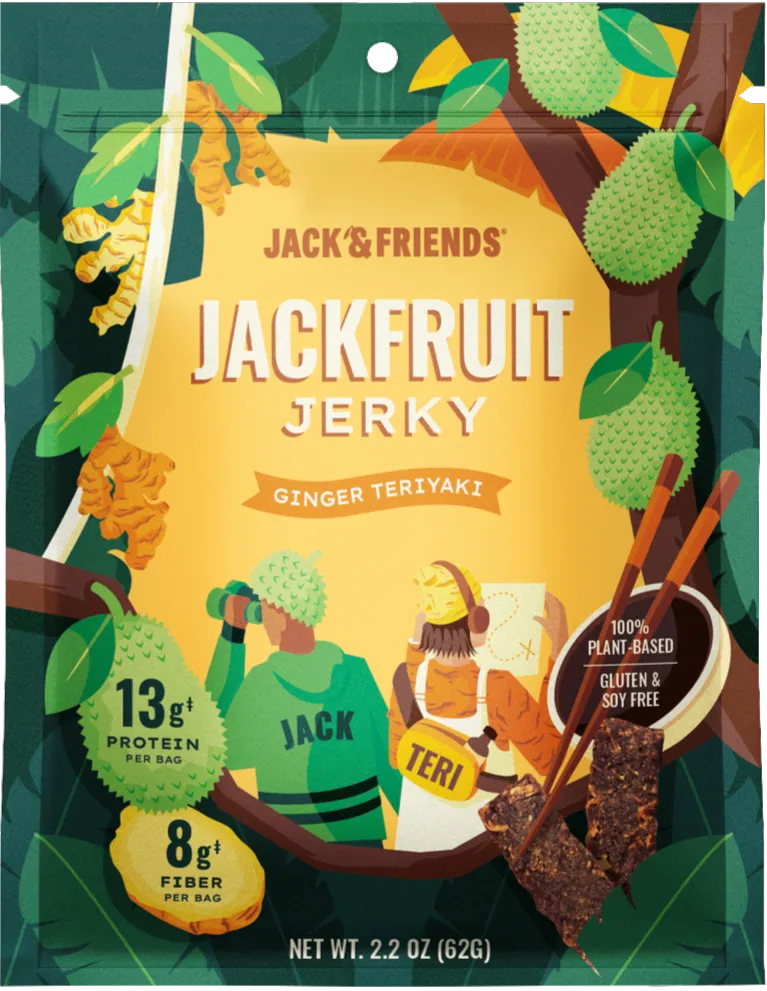Jackfruit 101
Jackfruit 101
EVERYTHING YOU NEED TO KNOW ABOUT THIS
VERSATILE AND SUSTAINABLE INGREDIENT
EVERYTHING YOU NEED TO KNOW ABOUT THIS
VERSATILE AND SUSTAINABLE INGREDIENT



What is Jackfruit?
What is Jackfruit?
Jackfruit is the largest tree-borne fruit in the world (an individual fruit can reach up to 120 lbs or 55 kg!), and originates in South and Southeast Asia. Not to be confused with the durian, which also has a green and spiky exterior, jackfruit is actually a species in the Moraceae family—the same family as the fig. Crazy, right?
As a tropical plant, most of the world’s jackfruit production is in its areas of origin, South and Southeast Asia. Due to its increasing popularity though, jackfruit is not only becoming more widely available to consumers across the world, but also being introduced to farms in other regions like the U.S. and Mexico that have the climate to support it. This is great news for everyone since many have started to look towards jackfruit and its unique, meaty texture as plant-based food and meat alternatives continue to skyrocket.


Explore the world of jackfruit
Explore the world of jackfruit












Recipes
Recipes



JACKFRUIT
JACKFRUIT
THE “JACK” IN JACK & FRIENDS
THE “JACK” IN
JACK & FRIENDS


After reading through this comprehensive jackfruit guide, you’re probably thinking this is one amazingly versatile, nutritious, and sustainable plant. Well, we couldn’t agree more.
As the main ingredient of our plant-based, jackfruit jerky, jackfruit plays an important role in Jack & Friends—so much so that we honored it with the permanent place in our name! We chose jackfruit as the core of our product because its meat-like macrofibril structure helps create our vegan jerky’s chewy and tearable texture that mimics traditional beef jerky.
As a nutrient-rich and sustainable ingredient, jackfruit provides added nutritional benefits while keeping the environment a bit greener as well.







































